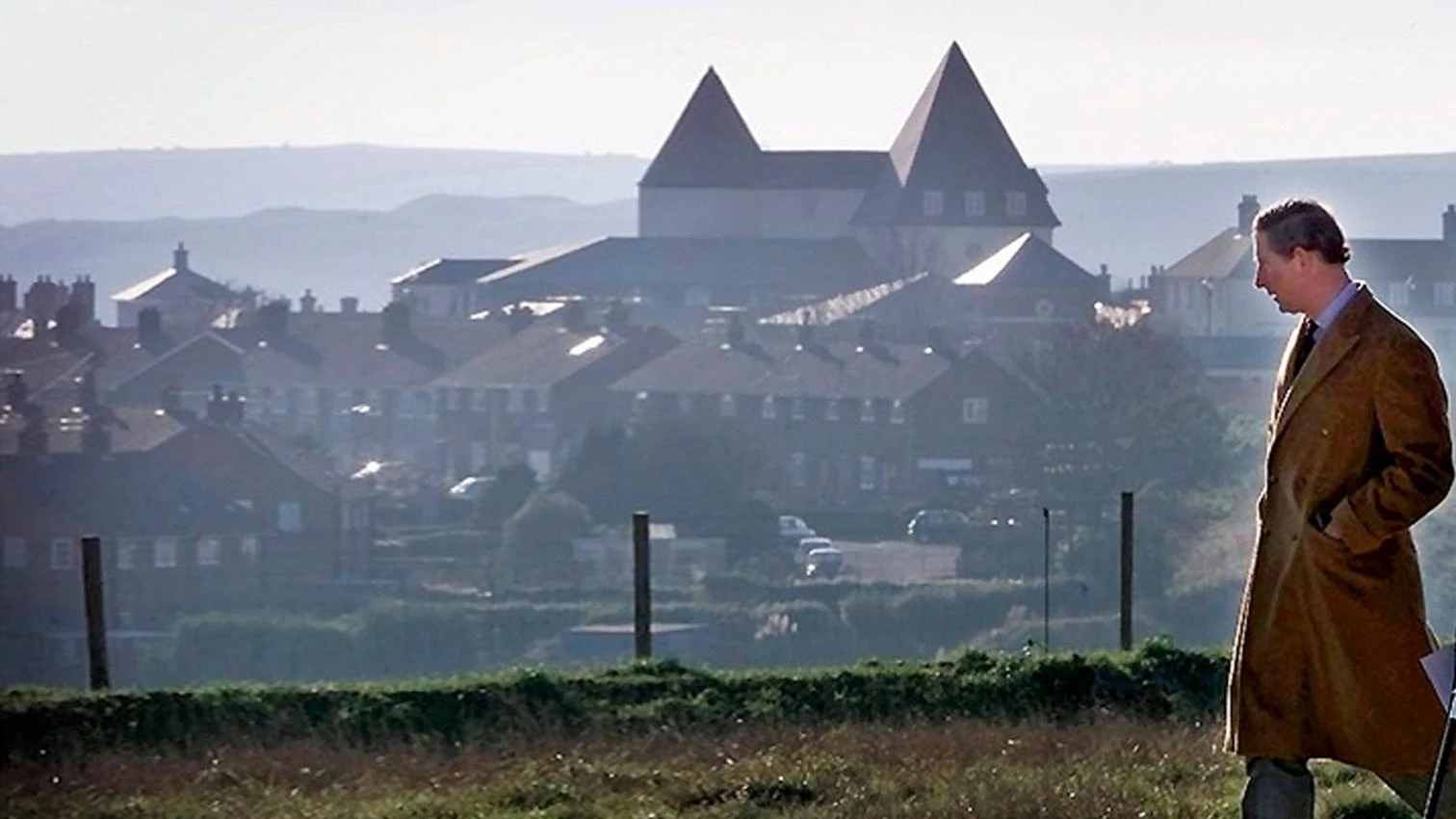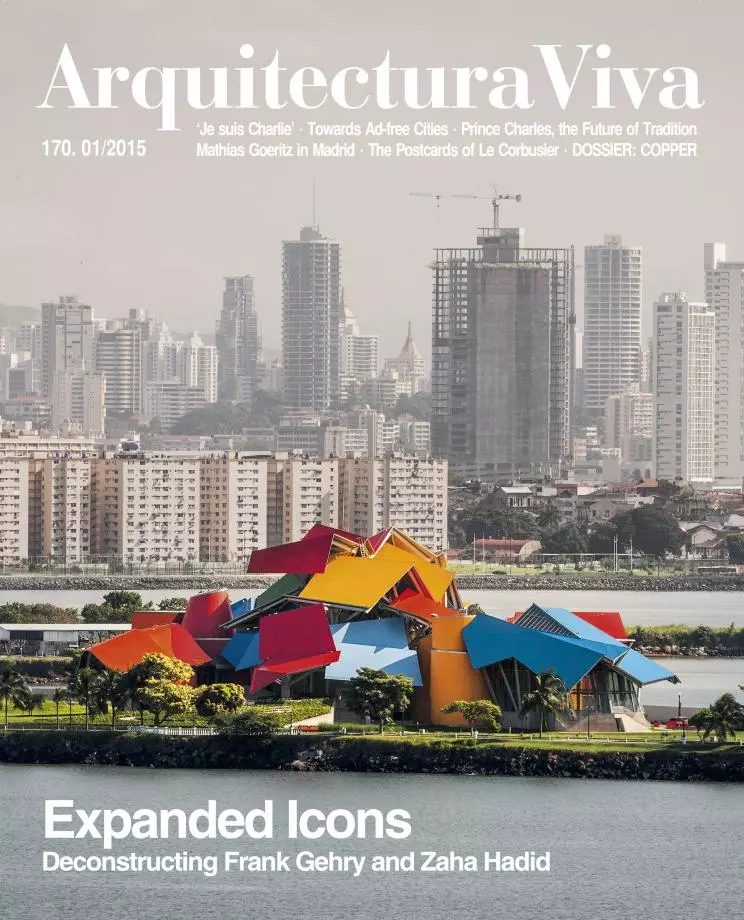
In one scene of the film Mr. Turner, directed by Mike Leigh, Queen Victoria makes the rounds of the Royal Academy, and hidden behind a wall, the painter – played by actor Timothy Spall – waits for her to pronounce her ultimately unrelenting judgment on his work. Queenly and kingly criteria are of less importance now that monarchies are no longer the prinicipal patrons of art they used to be, and today’s royals show few signs of having very refined tastes. Many find it outrageous, therefore, that the Prince of Wales not only voices opinions on architecture, but even goes so far as to uphold a model and style which, at the very least, goes against the tide of fashions. The latest of the ‘interferences’ of his that tend to make the country’s avant-garde twitch and cringe is a 2,000-word text published in the British journal Architectural Review, where the heir to the British throne reflects on the future of cities and, after pondering on rather esoteric matters like Nature’s order and the origin of the circle, urges architects to think about the city as a whole and make efforts to restore ties with tradition. All of this is synthesized in a decalogue where reasonable ideas like the use of sustainable materials or the elimination of cars and signage in urban cores are mixed with more dubious points like diminishing building density or resorting to traditional types. Anyone wishing to have an idea of the city that His Highness envisions need only to take a walk through Poundbury, the enclave designed by Léon Krier which Prince Charles began to build on his Duchy of Cornwall estates in the late 1980s.





